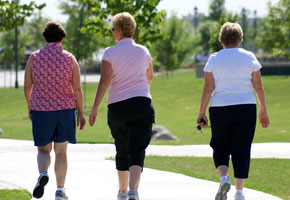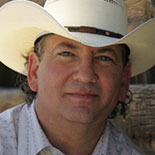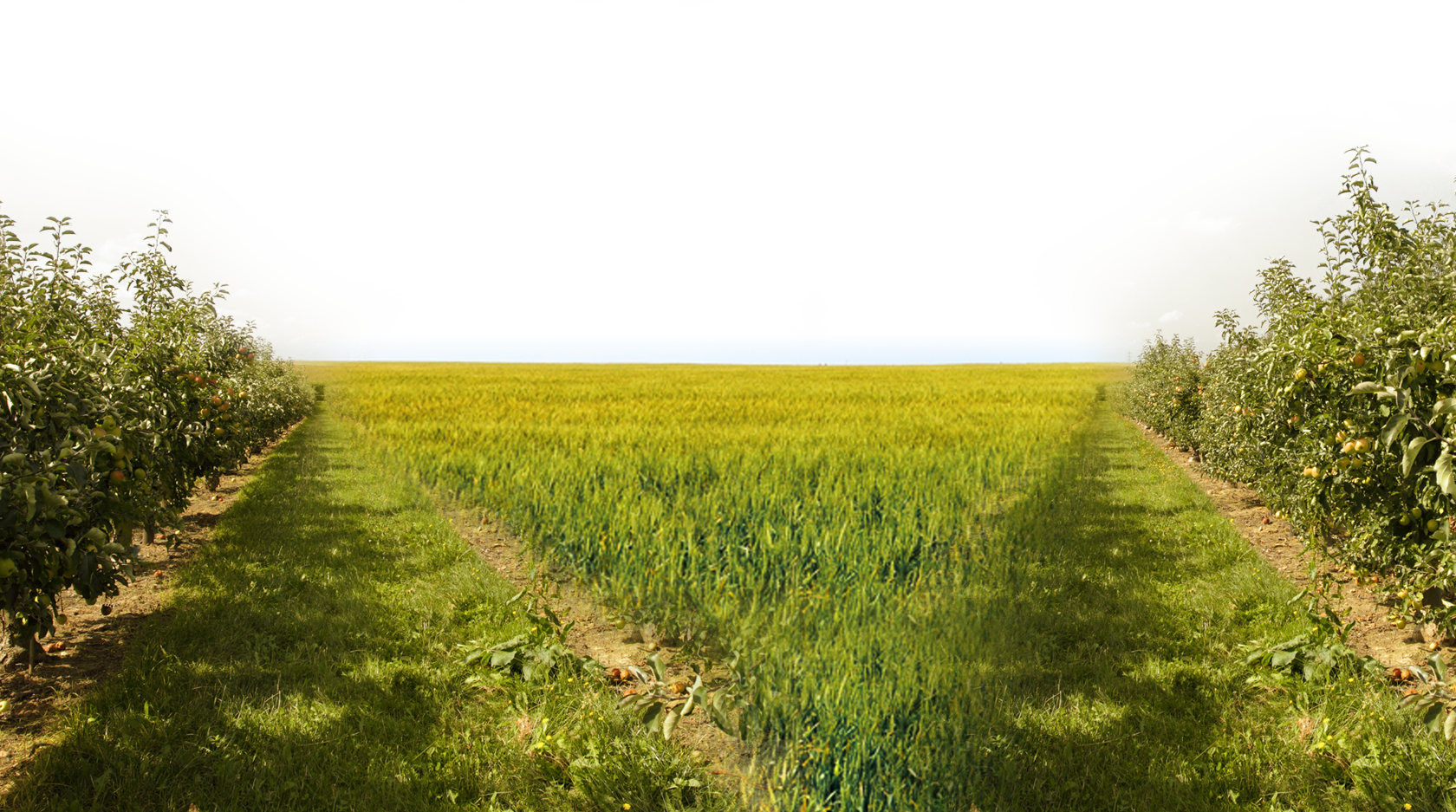
Insulin Resistance
By Elizabeth Chatellier, MA, RDN | 0 Comments | Posted 07/28/2014
Have you or someone you love been diagnosed with insulin resistance?
Unfortunately, I have seen more and more people in the hospitals and clinics I’ve worked in newly diagnosed with insulin resistance. It can be very frightening, but the best way to fight fear is through education. So here’s a little science summary of what insulin resistance is:
Insulin is a hormone that breaks down sugar and starches in the bloodstream into glucose in order to use it as energy. However, when a person becomes insulin resistant, glucose builds up in the bloodstream instead of fueling our daily activity, and the risk for developing type-two diabetes and heart disease increases.
Major contributing factors to insulin resistance are lack of adequate physical activity, excess weight, especially around the waist, and problems sleeping. Some ethnic groups are also more likely to develop the disorder than others.
Insulin resistance can go undetected for years, however signs of the condition include Acanthosis nigricans, which are dark silky patches found in skinfold areas of the body such as the neck, armpits and groin areas, in addition to abnormal test values of blood glucose levels.
If you or your loved one are overweight or obese, check for these patches regularly and go in for a check up with your medical doctor.
After education, comes action. Apply what you know and start off slowly. Get some exercise, like walking, swimming or playing a sport or game with your child. Exercise burns calories and can help you sleep better at night. It’s as simple as that.
When you are ready, think about which small changes you can make to your diet. A good starting place is to swap a highly processed snack food with a piece of fresh fruit or vegetable as often as you can.
The hardest thing about making changes is letting go of fear. Don’t be afraid to try. You and your loved ones deserve it!
Small changes in exercise and diet make a big difference over time. The key is to be patient and allow for mistakes. Which, I know, is much easier said than done. You are human, afterall! Just keep trying to eat and play well and change will come naturally.
References:
http://diabetes.niddk.nih.gov/dm/pubs/insulinresistance/
http://www.webmd.com/diabetes/guide/insulin-resistance-syndrome


 Contact us
Contact us



























